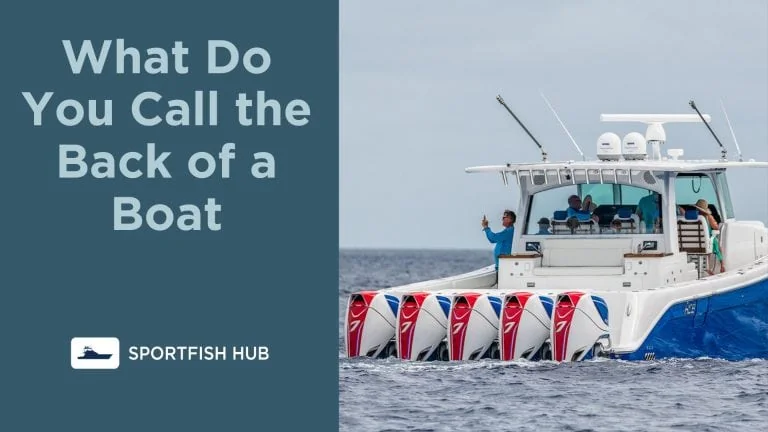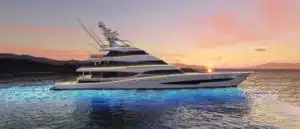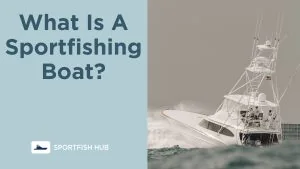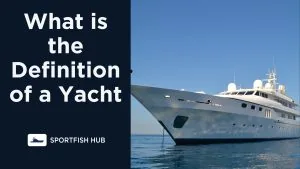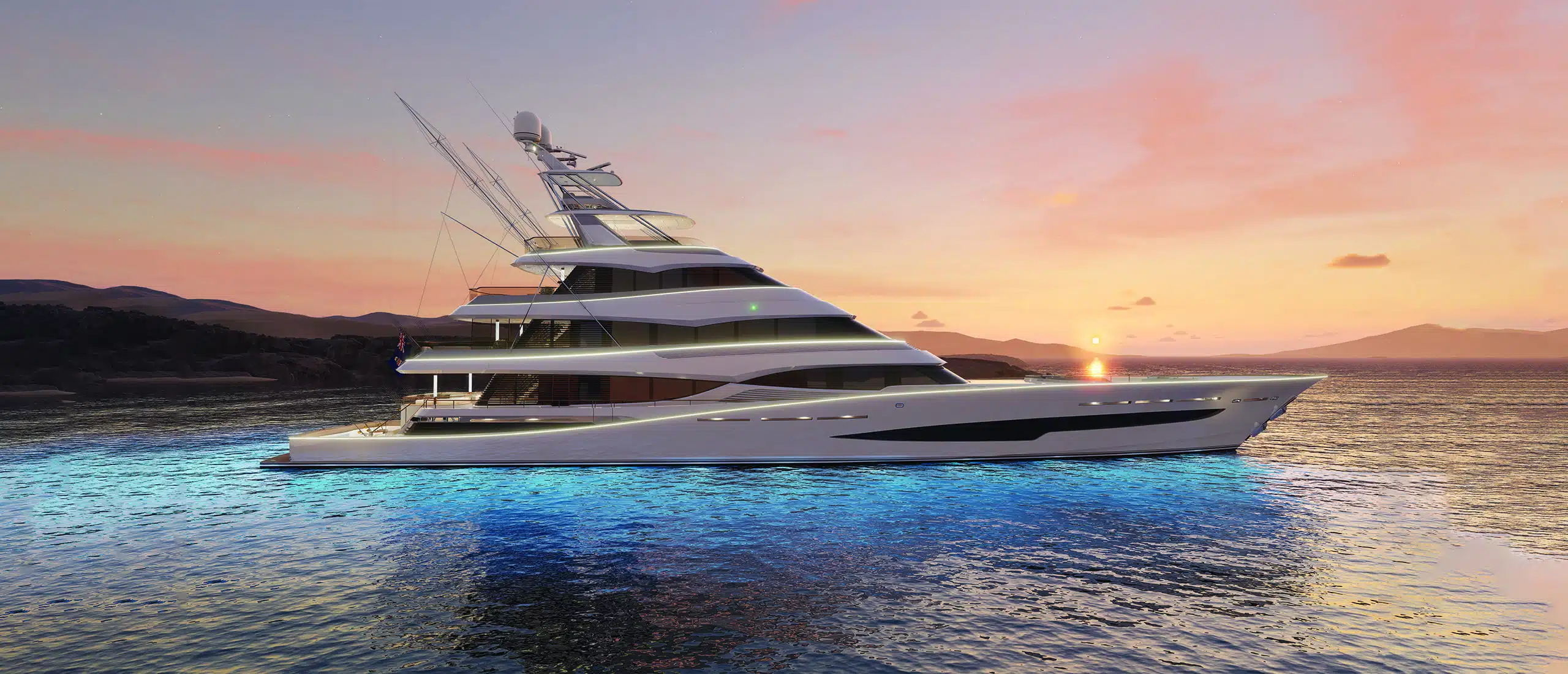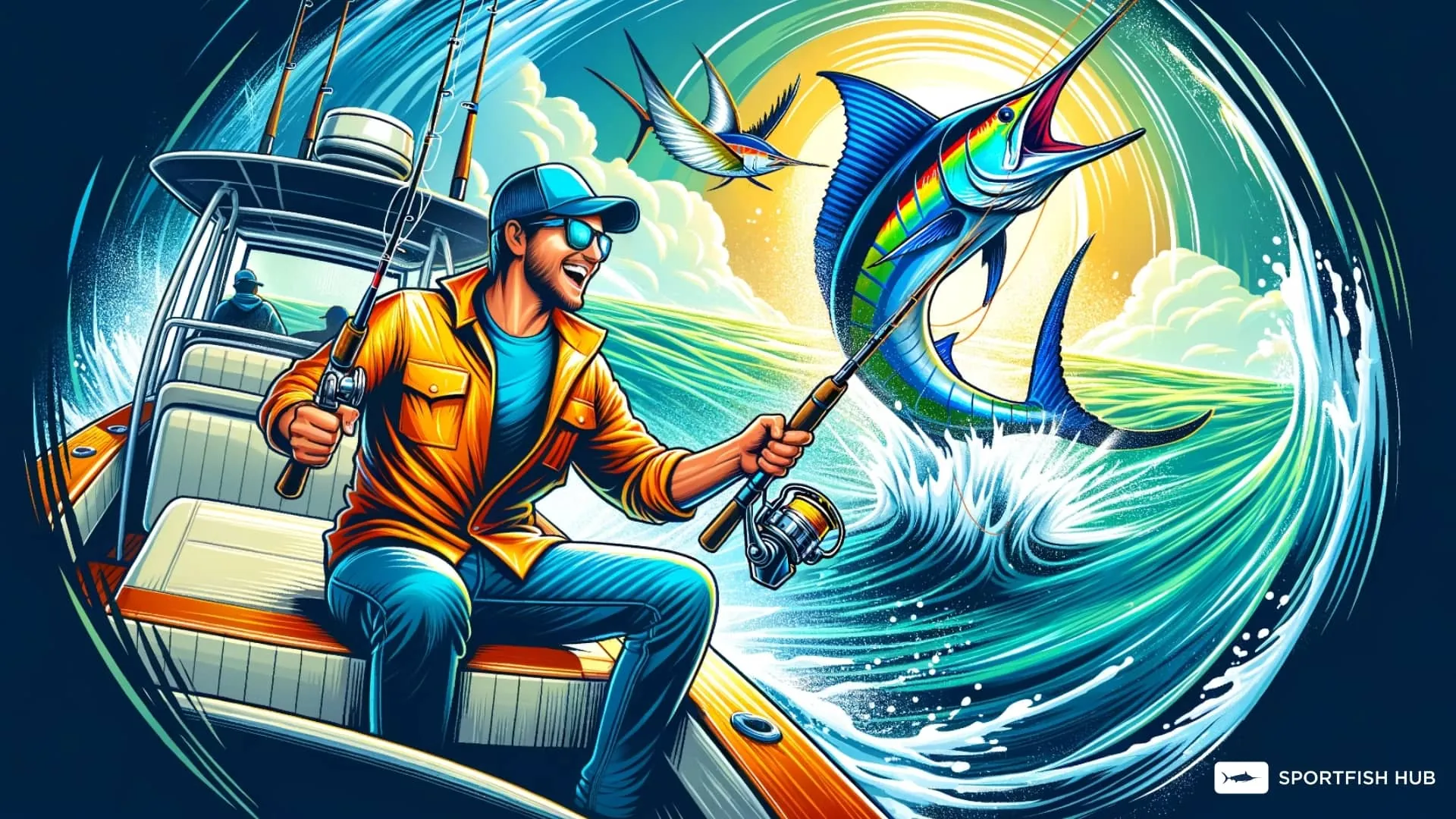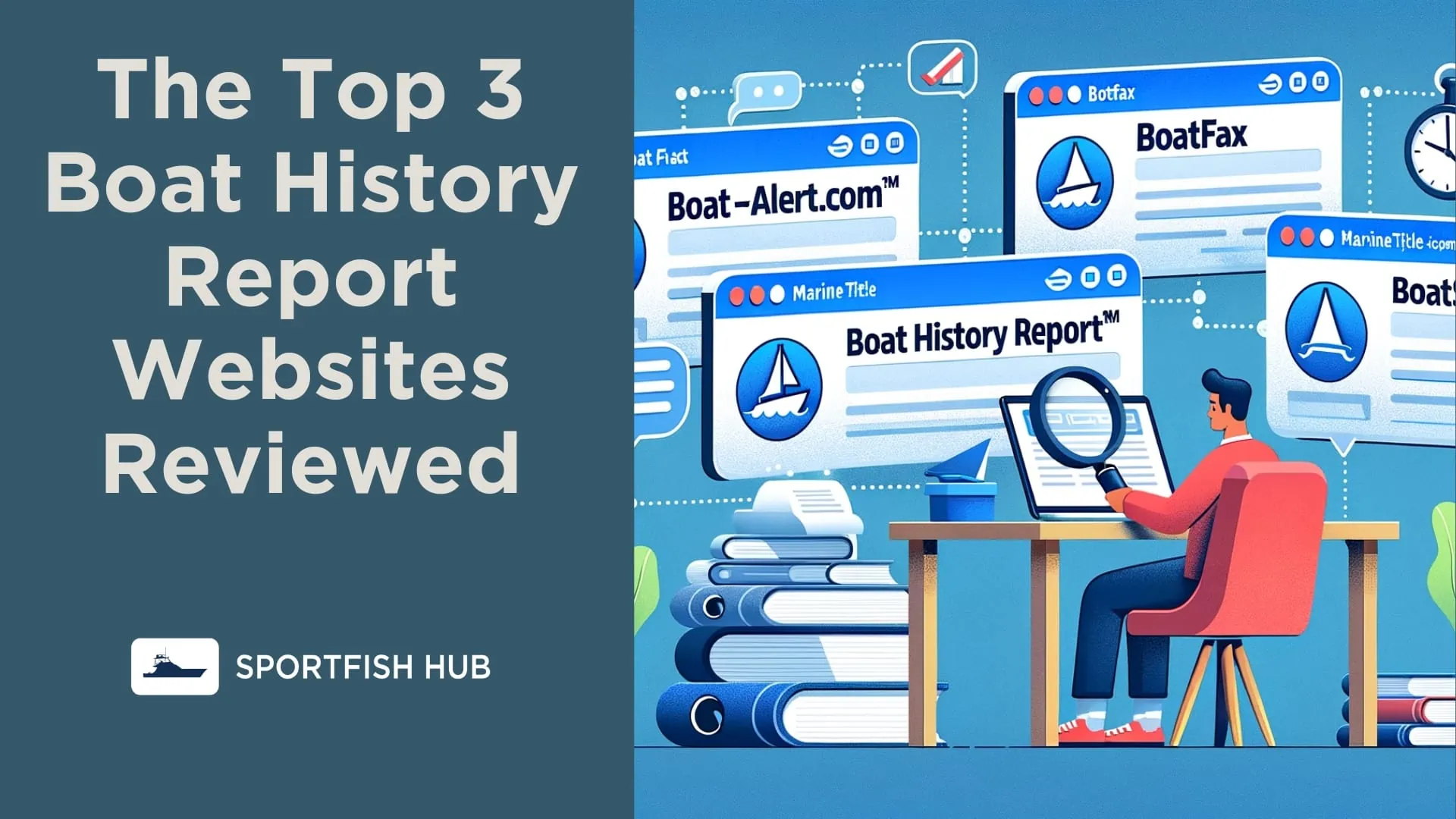The back of a boat is an area packed with essential features and functions. While you may know it as just the rear of your vessel, this section has a specific name – the stern. Understanding the ins and outs of this critical component can help you operate your boat safely and get the most out of your onboard amenities.
See also: What is the front of the boat called?
What is the Stern?
The stern refers to the back end of a boat’s hull and superstructure. It lies opposite the bow, or front, and provides stability while underway. On modern boats, the stern houses key components like:
- The steering station – where the wheel or tiller is located
- The engine – either inboard or outboard motors are typically mounted on the stern
- Transom – the vertical surface that forms the rear of the hull
- Swim platforms and boarding ladders
- Railings and hardware for tying mooring lines
- Storage compartments and lockers
The design of the stern varies between boat styles. On yachts, the stern features a wide, flat transom to support an inboard engine. Smaller powerboats have a narrower deadrise hull that cuts through waves. Sailboats may incorporate a swim platform or small deck.
Key Parts and Features of the Stern
The stern contains many integral parts that allow your boat to function properly. Here are some of the main components to understand:
Transom
The transom forms the very back of the boat where the hull sides join together. This flat area provides a solid mounting location for an outboard or inboard engine. The exact shape and angle of the transom impacts how efficiently a hull planes on top of the water.
Swim Platform
Many modern boat sterns have integrated swim platforms. These platforms provide a space to stand when boarding from the water or act as a staging area for watersports like swimming and kayaking. Swim ladders or fold-down steps make it easy to climb back onboard.
Rudder and Steering
The rudder is a movable fin that controls direction, allowing you to steer the boat. It connects to the steering system, like a wheel or tiller, through cables or a mechanical linkage. Inboard boats house the rudder behind the propellers and under the hull. Outboards steer using the engine itself.
Boarding Ladder
A boarding ladder mounts to the stern to provide access from the water after swimming or falling overboard. These ladders flip down or slide out when needed. For convenience, swim platforms often integrate a telescoping or flip-down ladder.
Cleats and Hardware
Cleats provide tie-off points to secure mooring lines when docking. Horn cleats and other hardware line the edges of the stern to facilitate easy and secure docking. Spring line cleats in particular help absorb bumps against docks or other boats.
Engine Wells
Inboards sit inside an engine compartment or well located at the stern of the hull. This protects the machinery and muffles noise. Outboards mount directly to the transom so the body of the engine dangles outside the hull itself.
Stern Benefits and Uses
Understanding the stern enables you to use this space effectively. Key benefits and uses include:
- Control – The helm and steering are typically located here, giving the operator good visibility and easy access to navigation aids. This allows for safe maneuvering.
- Stability – The hull is wider at the stern relative to the bow, making this section more buoyant and stable. This helps the boat ride level and reduces hobbyhorsing.
- Accessibility – Stern swim platforms and boarding ladders allow people to easily enter or exit the water. Fishing and watersports become simpler.
- Storage – The stern often incorporates compartments and lockable areas to store gear securely. This gets equipment out of the way.
- Seating – Many boats have aft-facing seats perfect for taking in the views or observing watersports activities. Stern Benches, platforms and helm seats provide space to relax.
Typical Stern Features
| Type of Boat | Typical Stern Features |
|---|---|
| Sailboat | Swim ladder, boarding platform, outboard engine bracket |
| Motor yacht | Large swim platform, garage, inboard engine compartment |
| Bass boat | Livewell, high casting deck, outboard engine mount |
| Pontoon boat | Access gate, ladder, aft deck with furniture |
| Jon boat | Bench seating, transom for small outboard |
FAQ
-
What’s the difference between the bow and stern?
The bow is the front end of a boat while the stern is the back end. The pointy bow cuts through water while the wider stern provides stability and control.
-
What is the purpose of the transom?
The flat transom provides a solid place to mount the engine. This transfers thrust efficiently into the water to move the boat. The angle and height impact performance.
Summary
In summary, the stern is much more than just the back of a boat. This multi-functional space truly acts as the heart of many modern boats. Understanding this critical component helps captains operate safely, utilize amenities fully, and ensure guests can access and enjoy the water.

